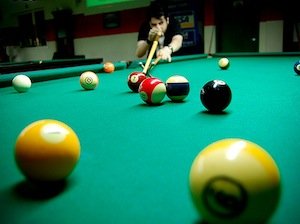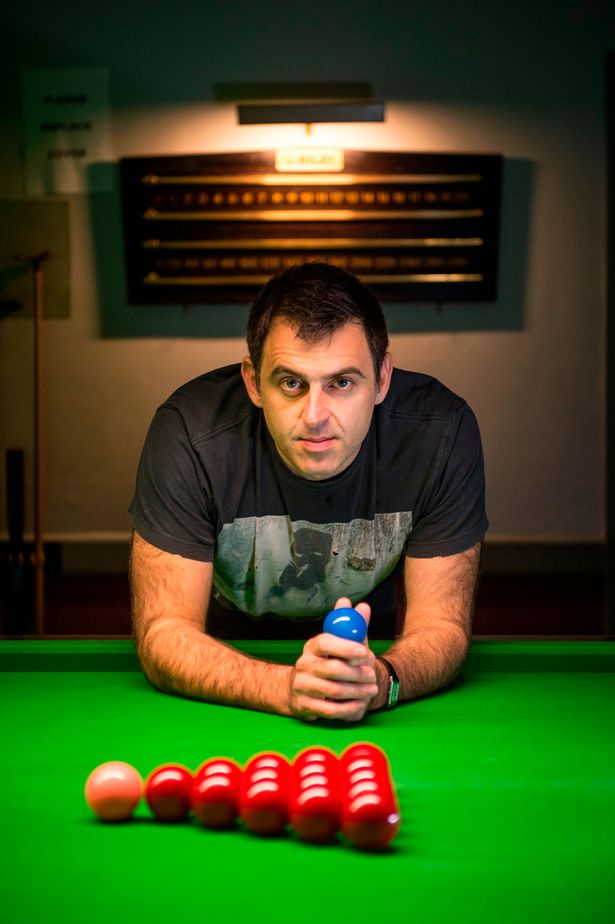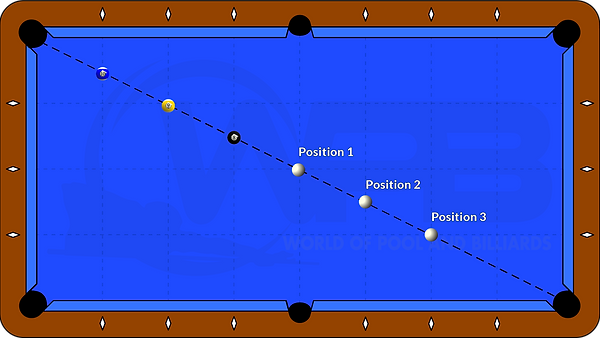
While pool may be similar to croquet in many aspects, it also has its own equipment. It also has similar cue sticks, which are made of wood. These are used to hit a ball with the cue. The cue used in pool is curved and may look different to billiard.
Carambola pool vs. billiards
Although they resemble pool in many respects, carambola billiards are very different. Carambola billiards is more defensive than pool. It is played on a table with cushions, a cue stick, and three balls.
The game of billiards has many different variants. The original version of the game was played on a green lawn in the 15th-century. Today, the game has become a competitive sport, and is governed by the Union Mondiale de Billard (Union Mondiale de Billard). This governing board is composed of smaller organizations such as: the World Pool-Billiard Association; the Asian Pocket Billiard Union; the Billiard Congress of America; and the European Pocket Billiard Federation.

Eight ball pool
Eight-ball pool is a variant of billiards and is a sport for two players. You can play it alone or in a group of two. Each player will use a triangular tray and must place fifteen balls on the rack. These balls should not be in solids but in stripes. The eight ball must be in the middle.
Eight-ball pool is the most popular variant of billiards. The game is also known by other names such as pocket billiards, stripes and solids, and pocket billiards. However, eight ball pool shares the same objective regardless of the name: to hit all balls with a cup. However, the rules and game mechanics are different. There are several international bodies that oversee the eight ball game, including the World Pool Billiard Association and European Blackball Association.
Pocket billiards vs. pool
It is easy to confuse the two table games pool and pocket billiards. Although they are very similar, there are many differences between the two games. The biggest difference is the size of the table. Pocket billiards table are usually much larger than pool tables. Also, billiard balls are larger than pool balls, and billiards cues are thicker and shorter.
Pocket billiards began as a game in pub backrooms. Players could gamble on the outcome. It was made popular enough to be allowed in public parlors by the end of the 19th-century. Michael Phelan wrote the first book on the subject in 1850. His articles and books helped fuel the popularity of the game. The game has seen many ups and downs over the years, but it has always been a great game for serious players.

Pool cues vs. Billiards
Billiards, a game that uses a cuestick to play, is very popular. The cue stick is used to hit white cue balls. Players stand on the green felt table. Their aim is to sink the balls into pockets. The cues used in billiards and pool have the same basic characteristics.
The upper part of a billiard cue is called the shaft. The shaft plays a major role in determining the cue's playability and quality. Typical cues are made from wood, but some are made from plastic or other materials. The quality of the shaft and its playing characteristics are determined by the type of wood it is made from.